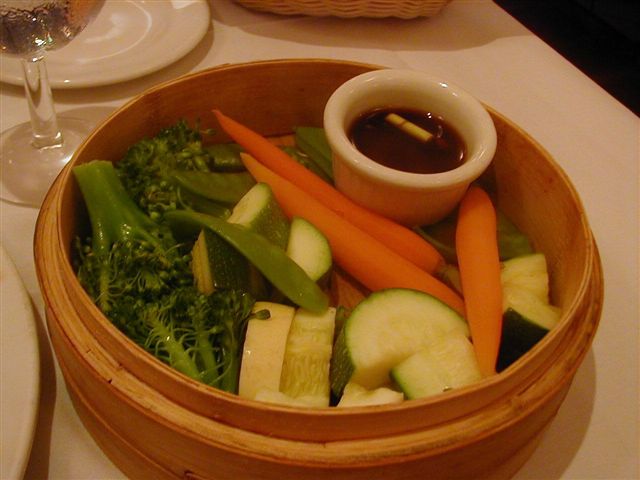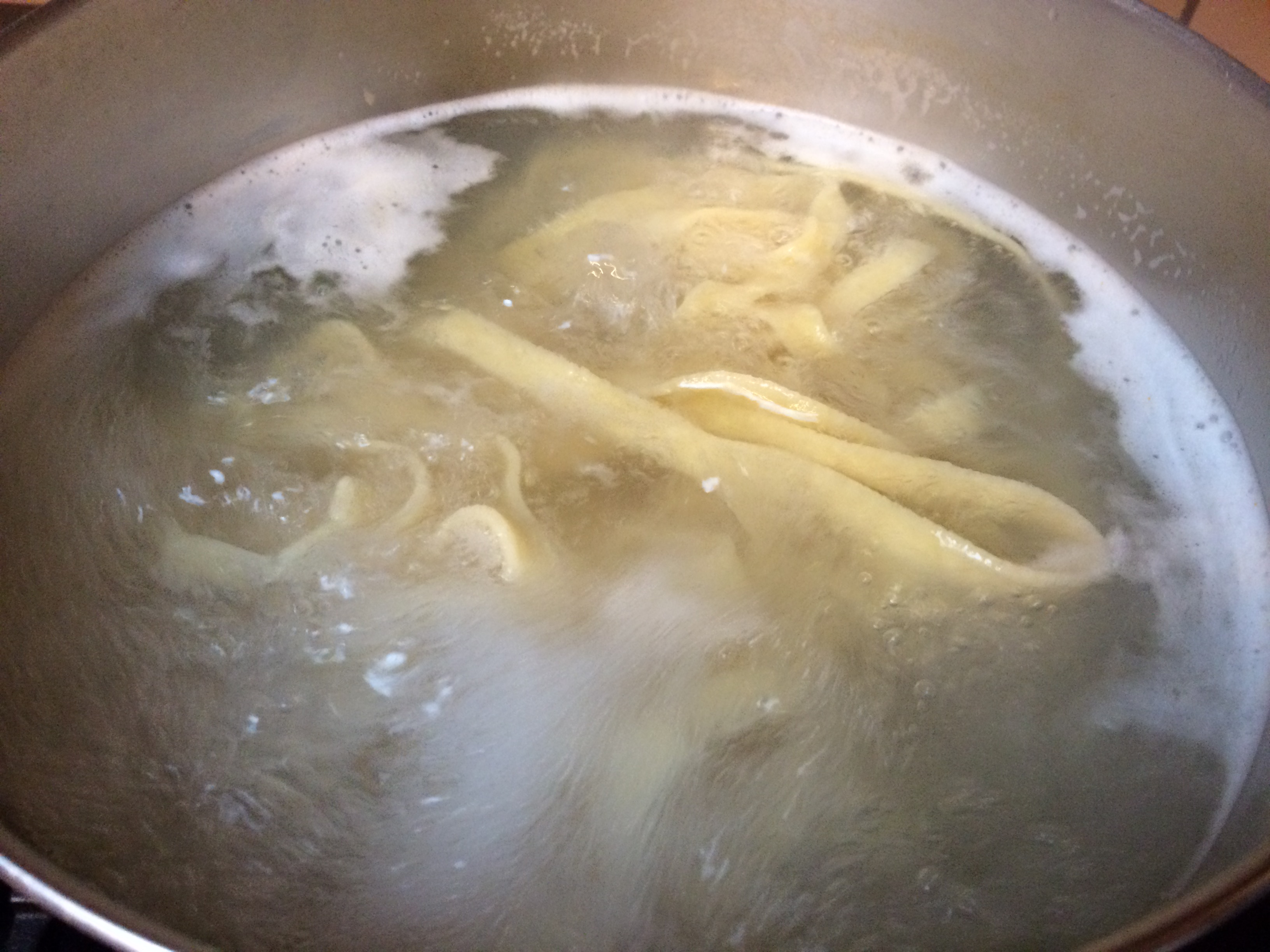Getting The Most Nutrition From Vegetables
We’ve always been told to eat our
vegetables.
The USFDA goes so far as to recommend filling half
of our plates with fruits and vegetables in order to
achieve the best nutrition on a daily basis.
But… it’s important to know that how you
choose and prepare your vegetables is almost as
important as if you eat them.
That’s right, quantity is not the only consideration in this good eating equation. Quality is at least equally as important and can be altered in many ways before reaching a plate. Consider the following information when filling in half of your plate each day.

Getting The Most Nutrition From Vegetables
General Guidelines
-
To get the maximum nutrition from fruits and
vegetables it is recommended to eat them raw.
This is true in general for most produce, but there are some vegetables that actually benefit from a little heat, and we will mention some of those in the next section. -
Eat produce as close to the peak of ripeness as
possible.
Both fruits and vegetables reach peak ripeness at the same time as their nutritional values also reach peak levels. Thus, ripe is the tastiest time to eat both fruits and vegetables and also the healthiest. Although fresh is usually the most desired state for fruits and vegetables, but not always practical. Luckily, this is also when they are flash frozen and canned so that the most nutrients available will be reserved with the produce in the can or freezer. -
Avoid Overcooking.
The shorter the cooking time, the better. Less cooking means more nutrients can survive the heat. -
Choose steaming or sautéing over boiling every
time.
This way, the nutrients don’t end up leaving the produce and end up in the water. We should also mention that frying is the worst cooking method, as the added fat pretty much negates all the good qualities… but that goes for all foods. -
If you must boil your veggies, then save the
water.
Use said water to make your grains. This way, the nutrients can still be absorbed instead of tossing them down the drain. - If microwaving, be sure to use a microwave safe steamer so that water is not needed for cooking.
-
Eat the skins (if possible).
If not possible, then eat as close to the skin as possible.
Note:
Don’t forget to always wash fruits and vegetables well before eating.
Root vegetables, such as carrots and potatoes, should be scrubbed well before eating and/or cooking. This is an essential step, but it should be performed just before eating and not before storing as added moisture shortens the shelf life of most produce.
Getting The Most Nutrition From Vegetables
Veggies that Appreciate with Heat
These are some vegetables that can provide some
extra benefits when heated before eating.
Keeping Nutrients in Veggies
Additional Info
Ever wonder if frozen vegetables have as many nutrients as fresh ones? Check out this post to find out.
For help with freezing fresh vegetables, see our how to freeze veggies post.










